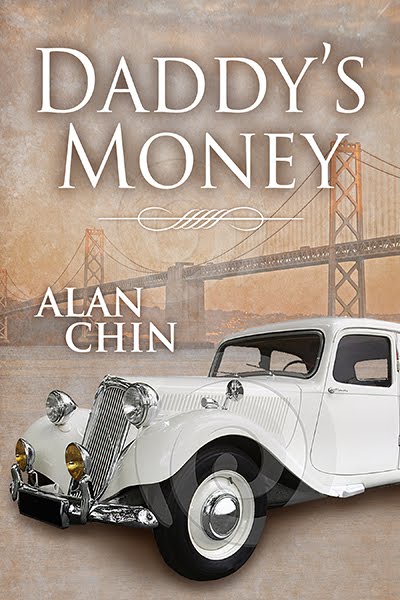The sun peeps over the
horizon, rays of light burnish a new day, a brisk wind holds the promise of a
majestic day. What do you do with this time? Sleep through it? Drag your butt
to the office with a twelve-ounce mug of coffee at the ready? Jog? Take the dog
to the park? This time, in my opinion, is the best time to set the tone for the
rest of the day, the best time to achieve success on an important goal.
If you have an ambition you
want to accomplish (for me it’s completing a novel), this is the time to perform
a habit that will help make that ambition happen. A morning writing habit will
get the book done. Simply wishing for the book to write itself, or saying I’ll
do it “tomorrow,” doesn’t make it happen.
If you have an important goal,
try making a morning habit focused on it:
• If you want to lose weight, create a morning walking
habit. Or morning strength training. Or prepare a healthy breakfast with fruits
and non-fat yogurt.
• If you want to start a new business, create a morning
session where you brainstorm new industry ideas over that first cup of coffee.
• If you want to become more mindful during your day,
create a morning meditation habit.
• If you want to work on your relationship with your
spouse, have a morning habit of talking about your relationship over coffee.
• If you want to journal or blog, make it a morning habit.
Why is morning a better time
for important habits? Why not afternoons or evenings? I’ve found that time to
be quieter, less chaotic, better for reflection and focus. I also feel that it
sets the tone for the rest of the day.
My morning routine combines
three of the objectives in the list above. Before sunrise, and first thing out
of bed and after dressing, I enjoy a cup of coffee by myself. During that five
minutes, I try not to think about anything. I simply let the enjoyment of
sipping hot coffee pull me into the moment. As soon as that’s done, my husband
and I leave the house for a brisk walk. We like to get out just as the sun
makes its appearance, and we walk for three to four miles each daybreak.
I use that walk as a form of
communication with my husband, as we usually spend several minutes talking over
the day’s activity list or some future plans; I also use that time for
meditation, as I let the sounds and smells and visual delights of sunrise in
Palm Springs pull me deeper into the present moment; and during that last mile,
I use that time to plan out what I want to accomplish on my story that day.
By the time I get back home,
I’m ready for a quick breakfast, and more importantly, ready for work. I have a
plan and I’m excited to get started. That brisk morning walk sets a tone. It
relaxes me, it charges my creative batteries, and it carries me on through the
rest of the morning. I love it, rain or shine.
I know many people are night
people and don’t function well in the A.M., but I’ve come to depend on my
morning rituals to help accomplish my writing goals. For me, it’s become a
religion.





































.jpg)